Life Cycle
Immature brown soft scale hatch as crawlers, then settle to feed. Young soft scales can relocate when disturbed.
Brown soft scale is flat and oval during larval and adult stages with color ranging from yellowish to light brown. Color becomes darker as the scale ages, and its outer covering becomes tougher.
Populations of brown soft scale are generally found on leaves and twigs with occasional infestation on fruit. Brown soft scale populations tend to be clumped together due to their high reproductive capacity. Three to five overlapping generations have been recorded in citrus.
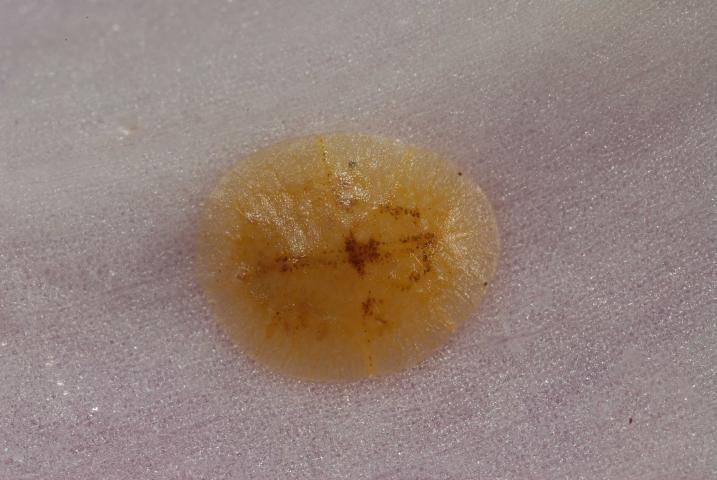
Credit: L. Buss, UF/IFAS
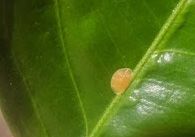
Credit: L. M. Diepenbrock, UF/IFAS
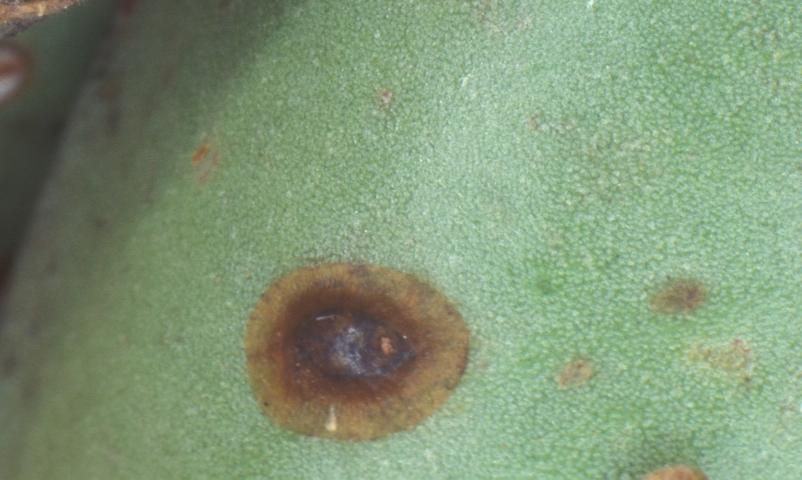
Credit: L. Buss, UF/IFAS
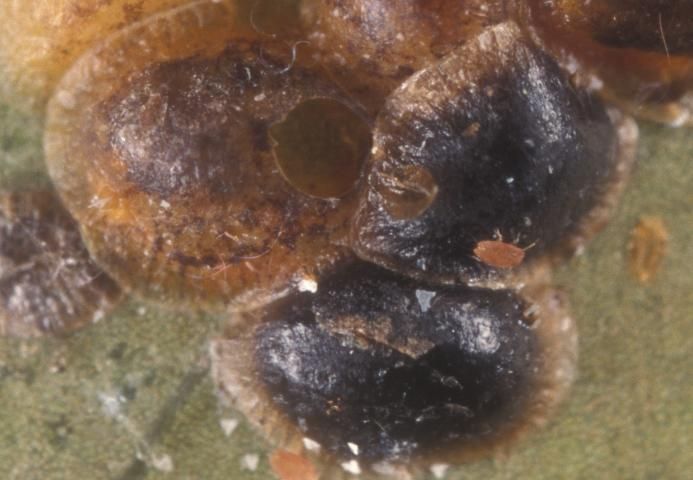
Credit: L. Buss, UF/ IFAS
Damage
Brown soft scale excretes large quantities of honeydew (sugary solution) while feeding, which provides a substrate for sooty mold to develop. Sooty mold can cover leaves and fruit, reducing photosynthetic capabilities of trees. In older plantings, this feeding can result in reduced tree vigor, twig dieback, and reduced fruit quality and/or yield. In younger plantings and nursery stock, these scales and the resulting honeydew accumulation can sometimes cause tree death.

Credit: L. Buss, UF/IFAS
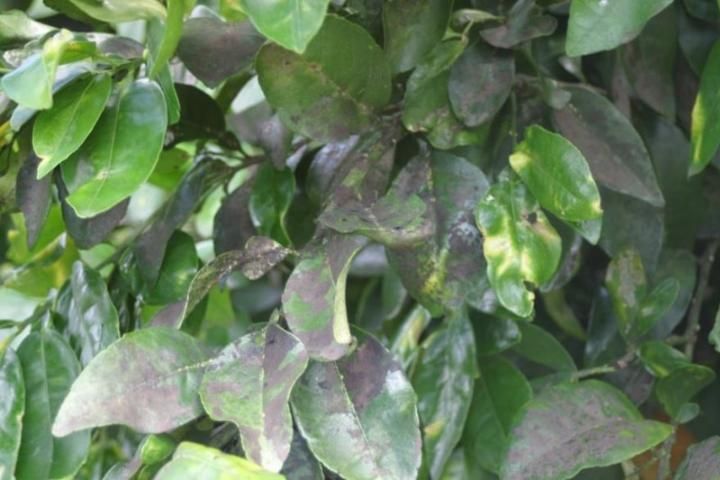
Credit: M. E. Rogers, UF/IFAS